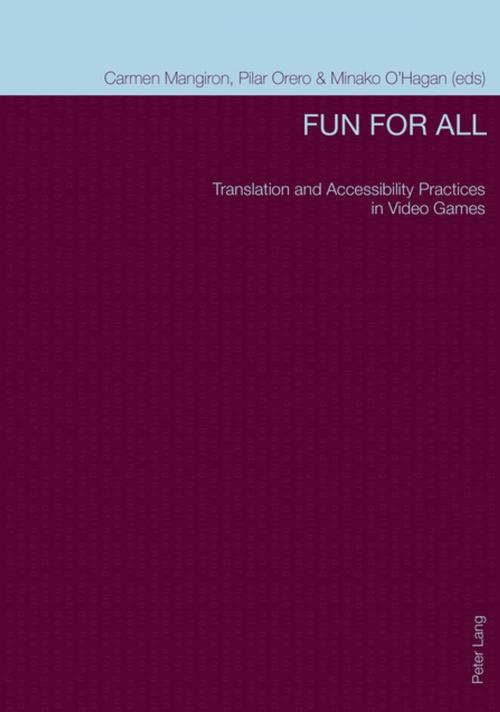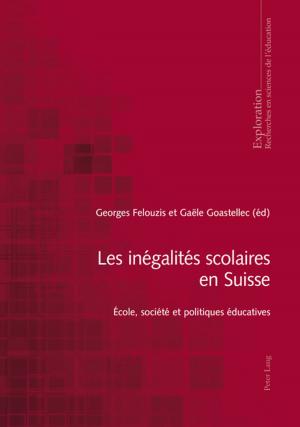Fun for All
Translation and Accessibility Practices in Video Games
Nonfiction, Computers, Advanced Computing, Computer Science, Art & Architecture, General Art, Reference & Language, Language Arts| Author: | ISBN: | 9783035198300 | |
| Publisher: | Peter Lang | Publication: | March 5, 2014 |
| Imprint: | Peter Lang AG, Internationaler Verlag der Wissenschaften | Language: | English |
| Author: | |
| ISBN: | 9783035198300 |
| Publisher: | Peter Lang |
| Publication: | March 5, 2014 |
| Imprint: | Peter Lang AG, Internationaler Verlag der Wissenschaften |
| Language: | English |
Video games have evolved to become a pervasive format which is beyond entertainment, enjoyed by a broad group of people rather than as a niche activity by hardcore gamers. However, to date, academic studies focusing on game localization and accessibility are few and far between, despite the fact that further research in localization and accessibility would be beneficial to all. The different contributions in this pioneering volume address the emerging fields of Game Accessibility and Game Localization from different angles, providing insightful information about these relatively unexplored academic areas with such close tights to the industry. The volume is divided in two sections: the first section includes four contributions on Game Accessibility, dealing with issues such as universally accessible games and guidelines for promoting accessibility. The second section of the book includes nine contributions focussing on different issues affecting game translation and localization, such as case studies, culturalization, fan translation, and terminology management for the game localization industry.
Video games have evolved to become a pervasive format which is beyond entertainment, enjoyed by a broad group of people rather than as a niche activity by hardcore gamers. However, to date, academic studies focusing on game localization and accessibility are few and far between, despite the fact that further research in localization and accessibility would be beneficial to all. The different contributions in this pioneering volume address the emerging fields of Game Accessibility and Game Localization from different angles, providing insightful information about these relatively unexplored academic areas with such close tights to the industry. The volume is divided in two sections: the first section includes four contributions on Game Accessibility, dealing with issues such as universally accessible games and guidelines for promoting accessibility. The second section of the book includes nine contributions focussing on different issues affecting game translation and localization, such as case studies, culturalization, fan translation, and terminology management for the game localization industry.















